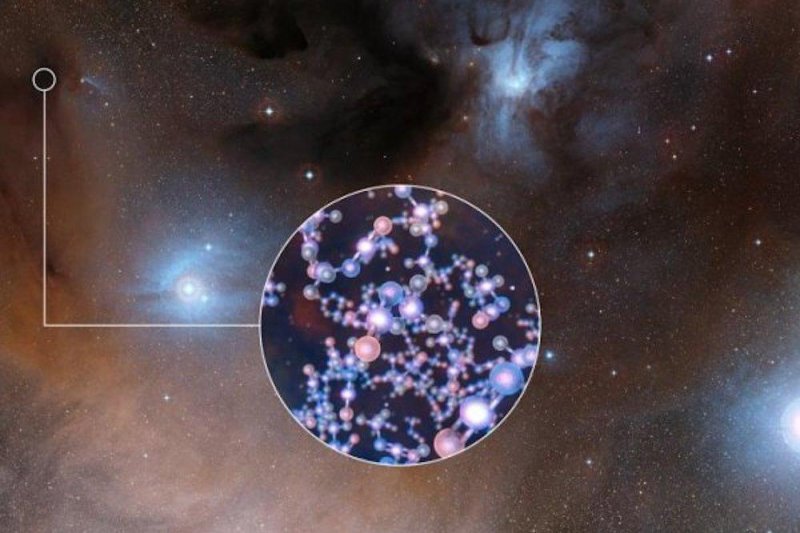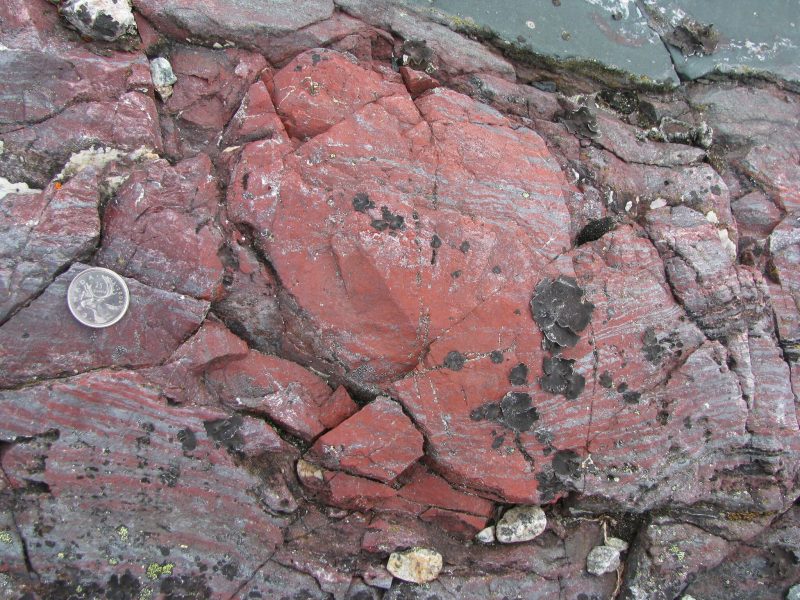Western technology companies, including Cisco, IBM and SAP, are acceding to demands by Moscow for access to closely guarded product security secrets, at a time when Russia has been accused of a growing number of cyber attacks on the West, a Reuters investigation has found.
Russian authorities are asking Western tech companies to allow them to review source code for security products such as firewalls, anti-virus applications and software containing encryption before permitting the products to be imported and sold in the country. The requests, which have increased since 2014, are ostensibly done to ensure foreign spy agencies have not hidden any "backdoors" that would allow them to burrow into Russian systems.
Under pressure, Western tech firms bow to Russian demands to share cyber secrets
Molecule essential to life found near newborn sun-like stars
 Two teams of astronomers have discovered methyl isocyanate, an organic compound and chemical building block for life, surrounding newborn sun-like stars.
Two teams of astronomers have discovered methyl isocyanate, an organic compound and chemical building block for life, surrounding newborn sun-like stars.
"This family of organic molecules is involved in the synthesis of peptides and amino acids, which, in the form of proteins, are the biological basis for life as we know it," researchers explained in a news release.
The infant star system, IRAS 16293-2422, has previously yielded evidence of sugar molecules.
More...
Antibiotic-resistant bacteria first emerged at least 450 million years ago
 Superbugs, or enterococci bacteria, have been honing their defensive capabilities for at least 450 million years.
Superbugs, or enterococci bacteria, have been honing their defensive capabilities for at least 450 million years.
As a new survey of the evolution of antibiotic resistance revealed, the earliest relatives of modern superbugs -- microbes undeterred by antibiotics -- emerged prior to the arrival of the dinosaurs.
"By analyzing the genomes and behaviors of today's enterococci, we were able to rewind the clock back to their earliest existence and piece together a picture of how these organisms were shaped into what they are today," researcher Ashlee M. Earl, leader of the Bacterial Genomics Group at the Broad Institute, said in a news release. "Understanding how the environment in which microbes live leads to new properties could help us to predict how microbes will adapt to the use of antibiotics, antimicrobial hand soaps, disinfectants and other products intended to control their spread."
Philippine's Duterte: Sorry, I Can’t Promise WH Visit

“I cannot make any definite promise. I am supposed to go to Russia; I am supposed to go to Israel,” he said, according to Yahoo News.
Trump's invitation to Duterte, who has been accused of backing the vigilante execution of people involved in the drug trade and threatening journalists and political opponents, drew criticism from human rights groups. He invited the controversial leader to the White House without consulting the State Department or the National Security Council.
TVNL Comment: Trump did not bother to inform the State Department before issuing an invitation to this murderer who boasted of being willing to '...execute three million drug addicts."
Earth Day - April 22, 2017 Washington DC - Join us on the National Mall
 This Earth Day, April 22, Earth Day Network and the March for Science are co-organizing a rally and teach-in on the National Mall in Washington, D.C. The day’s program will include speeches and trainings with scientists and civic organizers, musical performances, and a march through the streets of Washington, D.C. The crowd will gather at 8:00am, and the teach-in will begin at 09:00am.
This Earth Day, April 22, Earth Day Network and the March for Science are co-organizing a rally and teach-in on the National Mall in Washington, D.C. The day’s program will include speeches and trainings with scientists and civic organizers, musical performances, and a march through the streets of Washington, D.C. The crowd will gather at 8:00am, and the teach-in will begin at 09:00am.
This Earth Day, join the effort to defend the vital public service role science plays in our communities and our world.
Science serves all of us.
TVNL Comment: Got Polio? Got Smallpox? Me neither. Thank Science!!!
Hubble finds young super star cluster, giant star
 NASA scientists have gotten a closer look at one of the largest stars ever discovered in a super star cluster, thanks to images from the Hubble Space Telescope.
NASA scientists have gotten a closer look at one of the largest stars ever discovered in a super star cluster, thanks to images from the Hubble Space Telescope.
A new image from Hubble has revealed a young super star cluster called Westerlund 1, home to a gigantic star known as Westerlund 1-26.
Westerlund 1 is a star cluster 15,000 light-years away from Earth in the Milky Way galaxy.
Newfound 3.77-billion-year-old fossils could be earliest evidence of life on Earth
 Tiny, tubular structures uncovered in ancient Canadian rocks could be remnants of some of the earliest life on Earth, scientists say.
Tiny, tubular structures uncovered in ancient Canadian rocks could be remnants of some of the earliest life on Earth, scientists say.
The straw-shaped “microfossils,” narrower than the width of a human hair and invisible to the naked eye, are believed to come from ancient microbes, according to a new study in the journal Nature. Scientists debate the age of the specimens, but the authors' youngest estimate — 3.77 billion years — would make these fossils the oldest ever found.
More Articles...
Page 7 of 62

 Science Glance
Science Glance






























